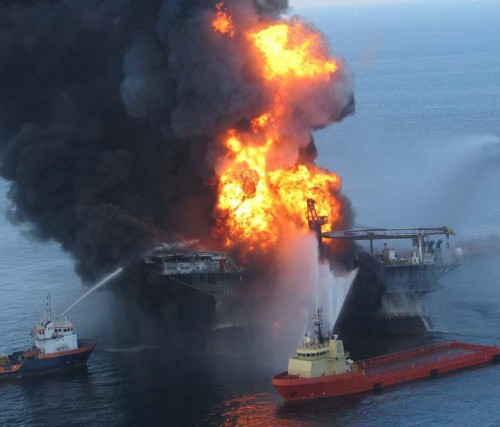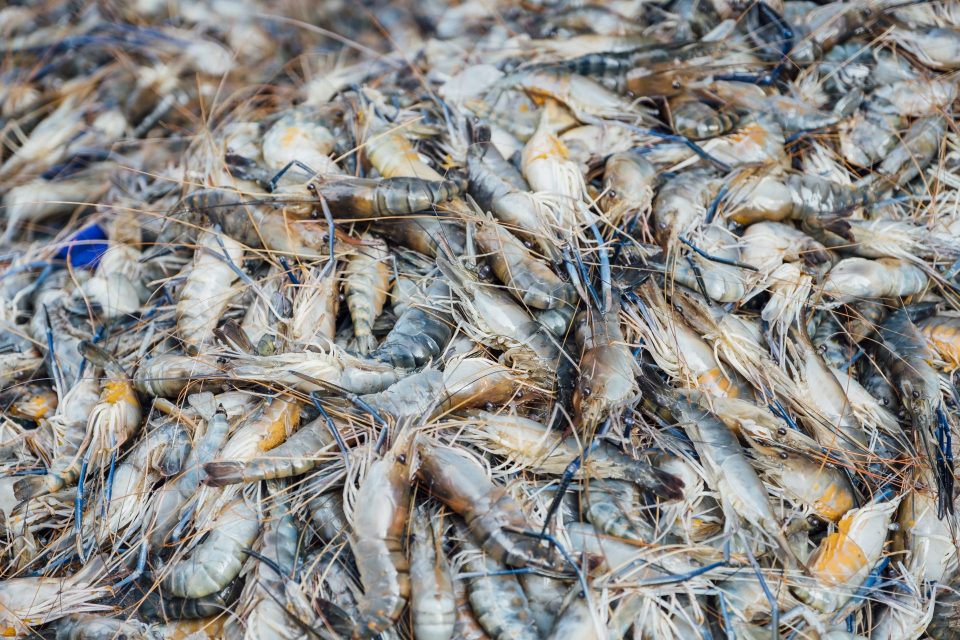CCA looking to repeat as champions
August 24, 2011Kathryn Vinning Barras
August 26, 2011Petroleum giant BP has denied reports that oil had been detected leaking from the Madondo well, site of the deadly April 20, 2010, Deepwater Horizon explosion and oil release in the Gulf of Mexico.
In a printed statement secured on Friday, the BP American Press Relations Office said online reports that the well was leaking and that shrimpers had been hired to lay boom at the site were false.
“None of this is true,” the unattributed statement said. “The well was capped on July 15, 2010, when all oil flow was stopped, and finally cemented and sealed on Sept. 19, 2010.”
According to BP the site has been constantly monitored and no indication of oil rising from the well itself has been documented.
On Thursday, New Orleans lawyer and blogger Stuart H. Smith reported that BP was “scrambling to contain both the crude and the PR nightmare” as “reliable sources” claimed that BP had hired 40 boats from Venice and Grand Isle to lay boom 50 miles off the Louisiana coast.
The unidentified sources in Smith’s report claimed that oil was suspected as coming from cracks and fissures on the seafloor that were caused by BP when efforts were being made to cap the crippled well.
“Fresh oil is surfacing all over the northern quadrant of the Gulf of Mexico,” Smith wrote. “Reports of slicks that meander for miles and huge expanses of oil sheen that look like phantom islands are becoming common, again.”
Smith cited U.S. Reps. Fred Upton (R-Mich.) and John Shimkus (R-Ill.) as having suggested that the Macondo was still leaking oil “like a sieve.”
Environmental groups and the Associated Press picked up Smith’s comments. A blogging site known as Krewe of Truth and backed by freelance writer Dean Shapiro, stated that an AP report was “brief and filled with vagueness and ‘wiggle room’ that we have come to expect from BP’s crisis management specialists.”
“Last week, the U.S. Coast Guard asked several operators with assets in the area of Green Canyon block 504 to investigate a sheen that had been sighted,” the BP statement read. “BP and others did so, and based on our review, it does not appear that the sheen was from any BP source.”
On Aug. 16, BP reported to the National Response Center that water sheen had been produced near the Thunder Horse platform, approximately 150 miles southeast of New Orleans. Thunder Horse is a partnership operation involving BP and ExxonMobil and is listed as the world’s largest semi-submersible production oil platform.
The volume of the sheen reported there was described by BP as being extremely small and came from the platform’s fresh water producing process. “Thunder Horse operations were unaffected,” BP press relations said. “Adjustments have been made to the water producing system.”
No independent confirmation by sources apart from those either supporting strictly environmental or oil industry interests could conclusively verify by press time if any oil from the Macondo well was leaking.
Emotions continue to run high following the April 20, 2010, BP Deepwater Horizon explosion and oil release into the Gulf of Mexico. Now some bloggers claim that oil continues to flow from the well BP says has been permanently sealed. FILE PHOTO







